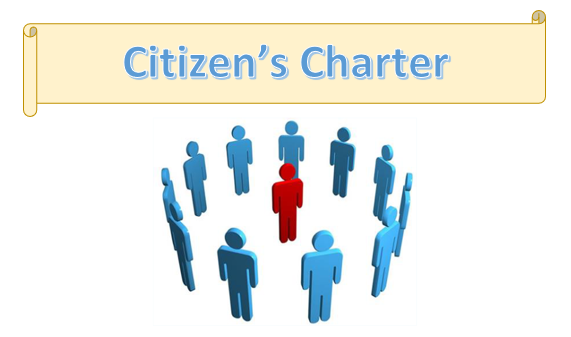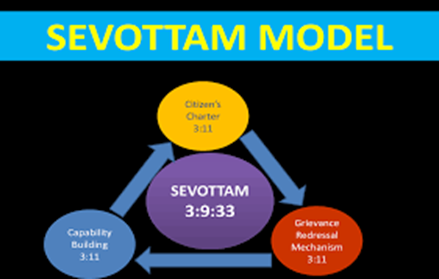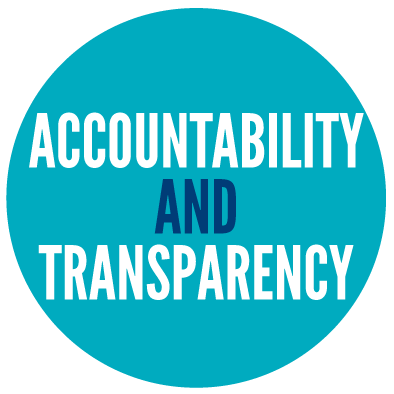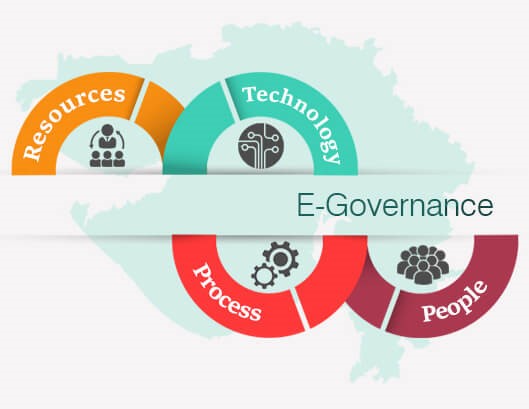- Courses
- GS Full Course 1 Year
- GS Full Course 2 Year
- GS Full Course 3 Year
- GS Full Course Till Selection
- Answer Alpha: Mains 2025 Mentorship
- MEP (Mains Enrichment Programme) Data, Facts
- Essay Target – 150+ Marks
- Online Program
- GS Recorded Course
- Polity
- Geography
- Economy
- Ancient, Medieval and Art & Culture AMAC
- Modern India, Post Independence & World History
- Environment
- Governance
- Science & Technology
- International Relations and Internal Security
- Disaster Management
- Ethics
- NCERT Current Affairs
- Indian Society and Social Issue
- NCERT- Science and Technology
- NCERT - Geography
- NCERT - Ancient History
- NCERT- World History
- NCERT Modern History
- CSAT
- 5 LAYERED ARJUNA Mentorship
- Public Administration Optional
- ABOUT US
- OUR TOPPERS
- TEST SERIES
- FREE STUDY MATERIAL
- VIDEOS
- CONTACT US
CITIZENS CHARTER
CITIZENS CHARTER
27-02-2023

CITIZEN'S CHARTER
About
- The organization's commitment to a standard, quality, and timeframe for service delivery, a grievance redress mechanism, transparency, and accountability are all embodied in a Citizens' Charter.
- Citizens' Charters have been published by a number of organizations, ministries, and departments within the Central Government.
- Nodal Officers have been appointed in the relevant Central Government Ministries, Departments, and Organizations to ensure that the Citizens' Charter is effectively implemented.
ORIGIN AND PRINCIPLES
- The Citizens' Charter is based on the idea that service providers and their customers should trust each other.
- The Conservative Government of John Major first formulated and implemented the idea in the United Kingdom in 1991 as a national program with a straightforward objective: to continuously raise the standard of public services provided to citizens of the nation in order to ensure that these services meet the requirements and preferences of their users.
- The Labour Government of Tony Blair relaunched the Program in 1998 under the new name Services First.
- The Citizens Charter's primary goal is to give citizens more control over how public services are provided.
Six principles of the Citizens Charter movement as originally framed, were:
- Accountability: Individuals and Organisations
- Transparency: Rules/ Procedures/ Schemes/Grievances
- Quality: Improving the quality of services
- Standards: Specify what to expect and how to act if standards are not met
- Value: For the taxpayer’s money
- Choice: Wherever possible
THE INDIAN SCENARIO
- In the area of economic development, India has made significant progress over time. Indian citizens are becoming more aware of their rights as a result of this and a significant rise in literacy rates—from 51.63 percent to 65.38 percent over the past decade.
- Citizens are now more eloquent and expect the administration to anticipate their demands as well as respond to them.
- The Government of India's Department of Administrative Reforms and Public Grievances (DARPG) initiated the process of coordinating, formulating, and putting Citizens' Charters into action.
- In order to enable the various government departments and organizations to produce focused and efficient charters, guidelines for the formulation of the charters as well as a list of dos and don'ts were communicated to them.
- The Charters are expected to incorporate the following elements:
- Vision and Mission Statement
- Details of business transacted by the organisation
- Details of clients
- Details of services provided to each client group
- Details of grievance redress mechanism and how to access it
- Expectations from the clients
Sevottam Service Delivery Excellence Model

- The Sevottam assessment-improvement model was created with the intention of raising the standard of public service delivery in the nation. In 2006, the Ministry of Personnel, Public Grievances, and Pensions' Department of Administrative Reforms & Public Grievances (DARPG) developed the model.
- The Hindi words for "Sevottam" are combined to make the word. Uttam (Excellent) and Seva (Service). It emphasizes the concept of "Service" and translates to "Service Excellence." It exemplifies the shift in government mentality from control and administration to service and empowerment.
Objectives
- Implementation of the Citizen's Charters successfully: It necessitates opening a channel for citizens' input into how organizations determine the requirements for service delivery. The information regarding citizens' entitlements are made public in the Citizens' Charter. empowering citizens to demand better services by better educating them.
- Preparation for Service Delivery and the Achievement of Results: Only by effectively managing the key inputs necessary for good service delivery and developing its own capacity to continuously improve delivery can an organization achieve excellent performance in service delivery. This should include identifying the services provided, the process of providing those services, and the control and delivery requirements for them.
- Effective Public Grievance Redress System: This necessitates a well-functioning grievance redress system that, regardless of the final outcome, leaves citizens feeling more satisfied with the organization's response to their concerns and complaints.
Benefits of the Sevottam model
The framework makes it possible for implementing organizations to carry out a systematic, dependable, and authenticated self-assessment, also known as a "gap analysis," in order to provide services that are focused on the needs of citizens. This analysis ensures long-term outcomes by gradually and methodically incorporating practical solutions into the organization's day-to-day operations.
Seven Steps Model for implementation of Sevottam
There are seven basic steps for implementation of Sevottam. These are as under:-
- Define your services and identify your clients
- Set standards and norms for each service
- Develop capability to meet the set standards
- Perform to achieve the standards
- Monitor performance against the set standards
- Evaluate impact through an independent mechanism
- Continuous improvement based on monitoring and evaluation
- Quality Management Principles
The Seven Principles are
- Customer focus
- Leadership
- Engagement of people
- Process approach
- Improvement
- Evidence-based decision making
- Relationship management
Implementation of Sevottam
- From April 2009 to June 2010, the Sevottam framework was implemented in ten government departments with a significant public interface. Department of Post, CBEC, CBDT, Railways, Passport Office, Pensions, Food Processing, Corporate Affairs, Kendriya Vidyalaya Schools, and EPFO are all included in this category.
- Later, Sevottam was launched as a certification scheme that awards the Sevottam symbol of excellence to public service organizations that comply with a set of management system requirements outlined in a specialized standard document and implement them.
- Based on Sevottam's goals, the Bureau of Indian Standards (BIS) created this standard, known as IS 15700:2005. The standard takes into account the particular circumstances under which Indian public service organizations provide services as well as the sectoral and regional differences in service delivery standards.
- It provides a methodical approach for rectifying weaknesses in particular areas through systemic changes and process reengineering. India is one of the first nations in the world to establish a Quality Standard for the delivery of public services.
Problems faced in Implementing the Charters
This initiative encountered the following significant challenges:
- The organizations that created Citizens' Charters were generally under the impression that the process had to be carried out because there was direction from above. There was little to no consultation or none at all. As a result, it lost its focus and became one of the organization's routine activities.
- It is impossible to expect a workforce that is unaware of the Charter's spirit and content to fulfil its commitments, so employees who are responsible for its implementation should receive proper training and orientation. Nonetheless, by and large, the concerned staff were not enough prepared and sharpened.
- Occasionally, at critical points in an organization's Citizens' Charter formulation and implementation, transfers and reshuffles of concerned officers severely undermined the established strategic processes and slowed the initiative's progress.
- There was a lack of a systematic approach to awareness campaigns to inform customers about the Charter.
- In some instances, the Citizens' Charter's service standards and timeframes were either too loose or too tight, making them unreal and leaving a bad impression on Charter clients.
- The Citizens' Charter's concept was not fully understood. The organizations' earlier informational brochures, promotional materials, and pamphlets were mistaken for Citizens' Charters.
WAY FORWARD
- Need for citizens and staff to be consulted throughout the Charter's development.
- Staff training on the main features, goals, and objectives of the Charter; the department's vision and mission statement; and abilities in communication, problem-solving, handling complaints, and building teams.
- The need to create a database of complaints and solutions from customers.
- Need to spread the word about the Charter more widely through print media like posters, banners, leaflets, handbills, and local newspapers, among other things. as well as electronic media.
- Earmarking specific budgets for staff orientation and awareness raising.
- Replication of this industry's best practices.


